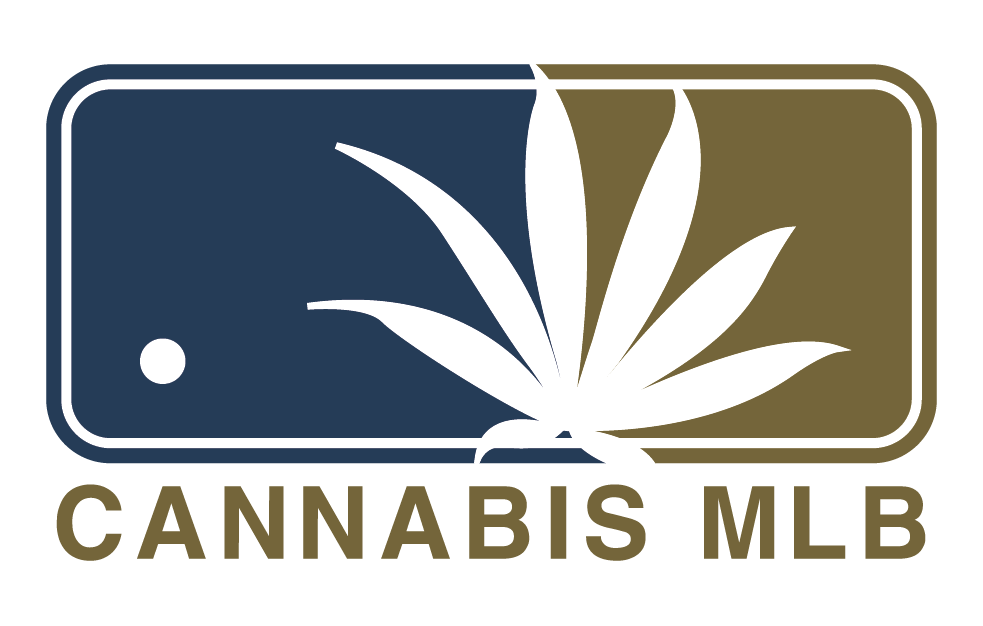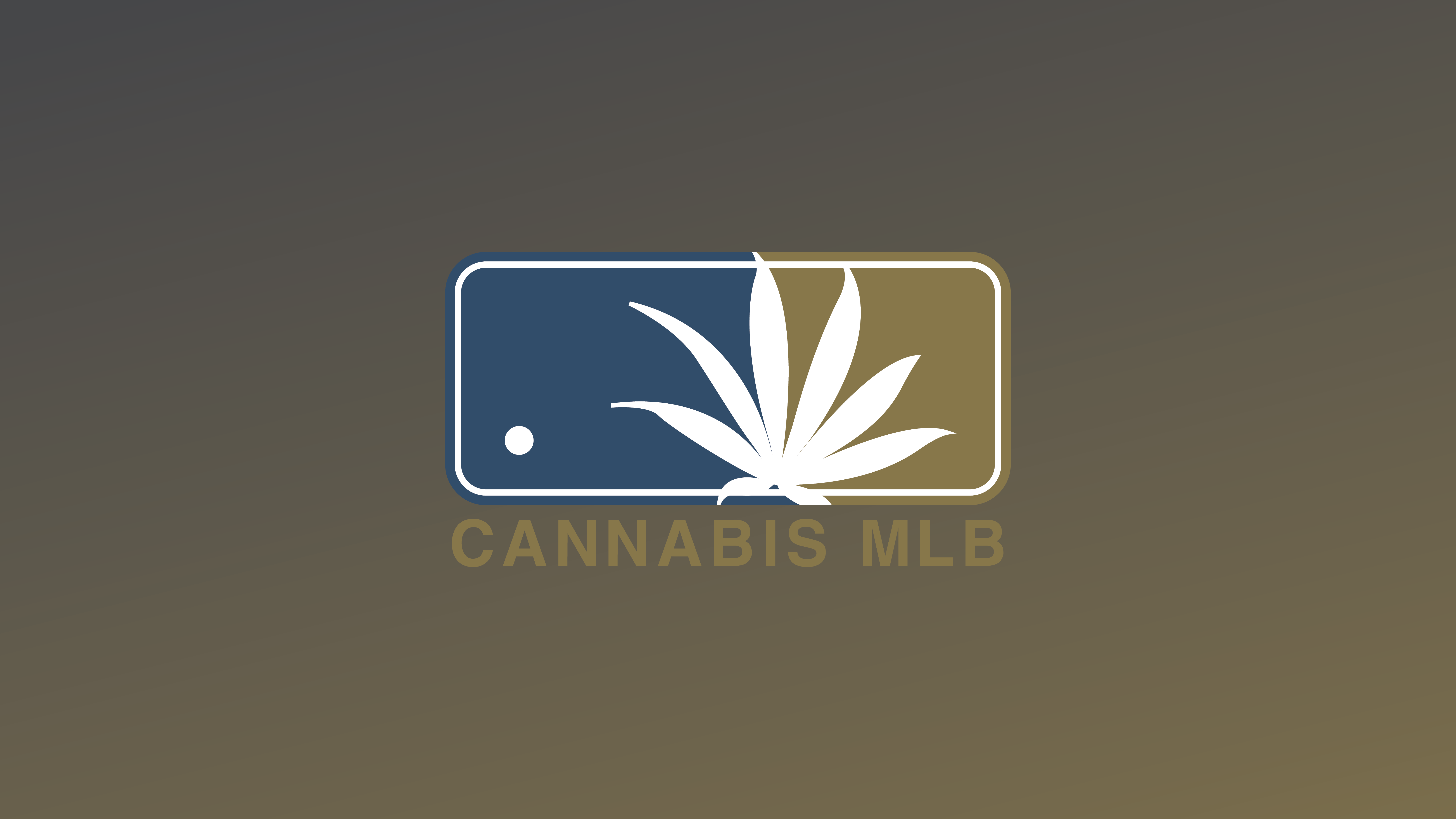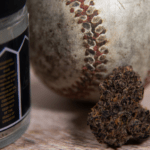Major League Baseball has long been viewed as America’s pastime—rooted in tradition, skill, and fair competition. Yet, beneath the nostalgia and summer excitement, the league has struggled for decades with an ongoing battle against drug use. From amphetamines and steroids to painkillers and, more recently, cannabis, MLB’s history with substances reflects both the pressures of professional sports and the evolving culture of medicine and performance.
The Early Days: Amphetamines and “Greenies”
Drug use in baseball dates back to the mid-20th century, when players commonly relied on amphetamines—known as “greenies”—to combat fatigue during the grueling 162-game season. Unlike today’s banned substances, amphetamines were widespread and even accepted in the clubhouse. Players described bowls of pills sitting openly for anyone to take. These stimulants kept athletes alert and energized, masking exhaustion rather than improving raw strength or ability. It wasn’t until the late 1970s and 1980s, after federal crackdowns on controlled substances, that MLB began acknowledging amphetamine abuse as a real concern.
The Cocaine Era of the 1980s
The next major drug crisis hit baseball in the 1980s—this time centered around cocaine. The drug’s cultural popularity mirrored its presence in sports. The infamous 1985 Pittsburgh drug trials exposed rampant cocaine use among players and even clubhouse staff. Several stars, including Keith Hernandez, Tim Raines, and Dave Parker, testified about their involvement. While suspensions and community service followed, MLB was reluctant to impose strict bans, prioritizing rehabilitation and public image management instead. The scandal stained the league’s reputation and served as an early warning that substance abuse in baseball extended far beyond performance enhancement.
The Steroid Boom of the 1990s and 2000s
By the 1990s, performance-enhancing drugs (PEDs)—especially anabolic steroids and human growth hormone—became baseball’s defining controversy. The so-called “Steroid Era” featured incredible offensive numbers and shattered records, yet it came with suspicion and scandal. Players like Mark McGwire, Sammy Sosa, and Barry Bonds became symbols of both baseball’s power surge and ethical decline. In 2003, MLB finally implemented anonymous drug testing, followed by the landmark 2007 Mitchell Report, which named dozens of players linked to PED use. The fallout led to stricter testing, harsher penalties, and a new collective commitment to clean competition.
The Painkiller and Prescription Problem
As the steroid era faded, prescription drugs and painkillers quietly became baseball’s next issue. Many players relied on opioids or anti-inflammatory medications to manage chronic injuries. Tragic cases, such as the death of Angels pitcher Tyler Skaggs in 2019 due to an opioid overdose, exposed the hidden risks of medical misuse within professional sports. MLB responded by instituting new drug education programs and improving access to mental health and pain management support.
Modern Era: Reevaluating Cannabis and Mental Health
In recent years, MLB’s approach to drug use has evolved with societal attitudes. Cannabis, once banned, was removed from the league’s list of “drugs of abuse” in 2019. Players can now use cannabis products off-duty without fear of suspension, signaling a shift toward wellness and harm reduction. Meanwhile, the league has also placed greater emphasis on mental health and substance-use education rather than punishment—acknowledging that support and treatment often produce better results than penalties.
Changing Culture, Enduring Lessons
The history of drug use in Major League Baseball mirrors larger cultural changes across America. From amphetamines and steroids to opioids and cannabis, each era reflects the pressures athletes face to perform, recover, and endure. Today, MLB stands at a crossroads between tradition and progress—embracing science, compassion, and transparency to ensure that future generations of players can compete on a level playing field without risking their health to do so.






